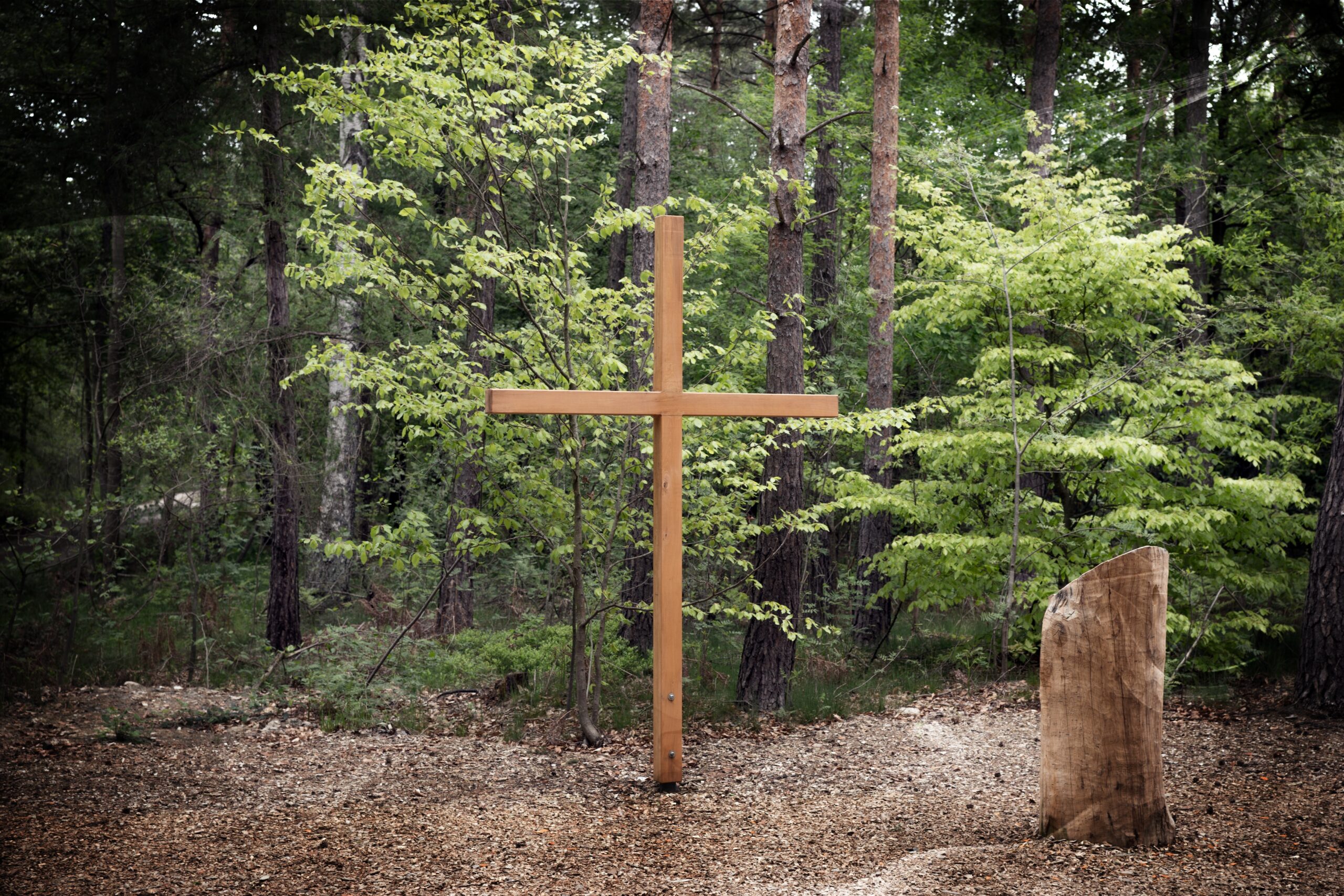Editor’s note: this is the latest in a series of posts about natural burial co-written by Kent Burreson and Beth Hoeltke. Their book on the subject, Death, Heaven, Resurrection, and the New Creation, is forthcoming from Concordia Publishing House on February 27, 2019.
As we saw in our last post, who better to care for the bodies of the baptized dead than the Body of Christ, the fellow baptized, including the Christian family of the dead? We enter into God’s rule and reign surrounded by those washed in the blood of the Lamb and we should continue the journey into death and the final resurrection in the care of those who will prepare our bodies for rest until that day. Caring for the body involves various activities: preserving the body; washing, dressing, and preparing the body for visitation, funeral, and burial; planning a home or church visitation; and participation in the internment of the body. Obviously, the body has to be preserved for all of the latter things to happen, so we’ll start with considering preservation.
As we noted in our second blog post, dispensing with embalming is a bedrock principle of natural burial (embalming not being a legal requirement in any state). Since the primary purpose of embalming is to preserve the body, we must preserve the body in another way. Decay begins immediately after death but doesn’t pick up pace until 3 days after death. Stalling decay is the goal in order to allow for a visitation with the deceased’s body present. Refrigeration is an effective way to forestall such decay. In many states if the body is not being embalmed and the burial is going to be more than 24-48 hours after death, then the body must be refrigerated. Our dead bodies can be kept in refrigeration units for 2-3 weeks with trace levels of bodily decay. This would allow for the visitation and funeral to take place a fairly lengthy period of time after death. Most hospitals and many funeral homes provide refrigeration units. The fee can be a flat rate for use over a period of time (such as $215 for ten days) or a daily rate (such as $50 to $125 per day).
Once the visitation and funeral are planned, then the body can be removed from refrigeration. Burial will need to occur within 2-3 days since active decay will begin after that and the body will begin to emit noxious odors. During the 2-3 day period prior to burial the body will need to be placed either on top of thin sheets of dry ice or iced gel pads with a sheet between the body and the dry ice/gel pads. These will need to be changed every 20-24 hours to preserve the cooling effect and continue to forestall active decay. Dry ice/gel pads can be used underneath the body in a bed, a casket made of biodegradable material, a biodegradable shroud, or in a traditional casket. It takes several people to lift the body in order to remove the exhausted cooling devices and insert new ones. The church can use this mode of cooling at a traditional visitation in a funeral home (if the funeral home allows or facilitates these natural practices), at a visitation in the church, or at a visitation in the home of the deceased.
Preserving the body through refrigeration is a very natural way to maintain the bodies of our fellow baptized until their burial and allows us to participate actively in caring for their created bodies. These preservation practices also allow us actively to be involved in the washing, dressing, and preparation of the body for visitation and burial. That will be the topic for our next post.


Leave a Reply
You must be logged in to post a comment.